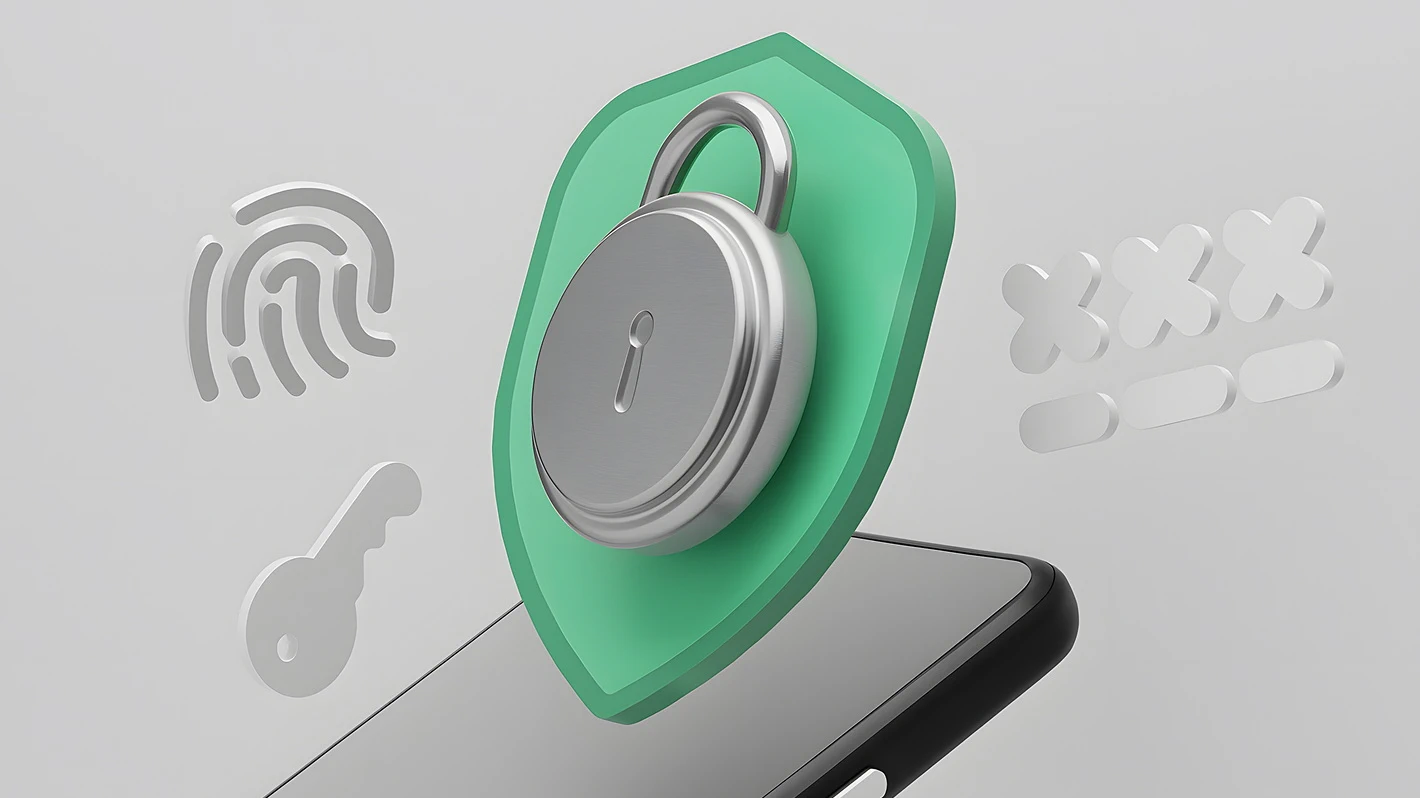We all know that it’s easier to retain an existing customer than acquire a new one. It’s no surprise that rising customer acquisition costs have caused some businesses to shift their focus away from advertising budgets to improving their retention rates.
So how do companies go about improving retention? They first need to measure the satisfaction of their customers, and that’s what CSAT scores are all about. In this post, we break down what the CSAT score is, how software-as-a-service (SaaS) companies should use it, and how they use insights gained through CSAT to boost retention efforts.
What Is CSAT?
CSAT is short for overall customer satisfaction score, and it’s one of the main performance indicators of how satisfied your customers are with your product or service. You can measure CSAT with a simple survey that asks a single question: “How would you rate your overall satisfaction with the product/service you received?”
The standard CSAT answers are very unsatisfied, unsatisfied, neutral, satisfied, and very satisfied. So the CSAT survey features an easy-to-use one to five scale. Typically, companies send out these customer surveys to existing customers in an email, text, or chat message or at the end of an interaction with a customer service rep.
To calculate your company’s CSAT score, you can average all the ratings received from customers over a given period and translate them into a percentage. The CSAT score is extremely useful because it provides a quick, industry-standard way to gauge your customers’ happiness with your business.
Why Do SaaS Companies Need to Care About CSAT?
The CSAT score is particularly useful for SaaS companies. Unlike eCommerce and retail brands, SaaS products rely on a monthly subscription model to generate revenue, so a positive customer experience is paramount. If many customers are dissatisfied and don’t renew, it poses a very high risk to the business.
By sending out frequent CSAT surveys, SaaS companies can stay in touch with current customer sentiment. You can use initial CSAT results as a baseline and monitor changes in your CSAT score over time. When scores go up, that can indicate a positive shift due to training, marketing promotions, or other customer-facing initiatives. Declining scores indicate that some aspect of your product offerings or customer service may need attention and course correction.
To make it easy to collect data and monitor CSAT scores, you can automate feedback gathering and analysis. Here are different times that companies can send out these surveys:
- After a transaction. It’s fairly simple to automate CSAT emails and send them out immediately after a purchase, renewal, or customer support interaction.
- After closing a support ticket. One of the best times to gauge a customer’s satisfaction is after they had an interaction with the customer support team. You can send out a CSAT survey through chat, email, or as a message in the product itself.
How Can SaaS Companies Improve CSAT Scores?
Once you have calculated your CSAT score, what do you do with it? Obviously, you should improve it, but how?
First, it’s critical to have an efficient customer service team with established protocols and methods of measuring their performance. Every SaaS business needs to equip its support team with the right technology to serve its customers more effectively. Video tools, chat widgets, online guides, and product videos are essential for the success of any support program. What’s more, you should have the right mentorship, education, and resources to give your support team all the insights they need to provide higher levels of customer service.
Another way to bolster your support team is to introduce more support channels, such as email, phone, live chat, the “contact us” form on the site, or social networks, like Twitter and Facebook. Today’s customers appreciate it when companies offer multiple ways to get in touch.
Another important way SaaS companies could improve their CSAT scores is by taking action on them. This involves doing more qualitative research. You can ask unhappy customers about the problems they face when engaging with your company and strive to fix some of those issues. To streamline this process, you can include an open-ended question on CSAT surveys that makes it easy for customers to offer their perspectives.
What should you do if you don’t have the resources or time to manage this process? What if you don’t have enough personnel or the know-how to create these processes the right way? That’s when your business should outsource SaaS customer service.
Outsourced customer service teams can provide the needed expertise to help companies go above and beyond to wow every single customer. Specifically, they can:
- Build support channels from the ground up
- Optimize existing support in the channels
- Improve the knowledge base
- Automate processes
- Handle inbound customer inquiries across multiple channels
- Monitor customer support trends and provide you insights to shape business decision-making
Put CSAT to Work for Your Business
For SaaS businesses, the CSAT score is a valuable tool to measure customer satisfaction. Your company should send out CSAT surveys via all the appropriate support channels (email, live chat, phone) to keep a pulse on customer sentiment.
After you get your CSAT scores, you can examine qualitative feedback from unhappy customers, find out the exact issues, and then make a plan to fix some of the issues that hamper the customer experience. Sometimes making improvements includes zooming in at specific customer touchpoints, while other times, this requires looking at the bigger picture, the entire customer journey, and seeing what should be fixed there.
A great way to keep your CSAT scores high and keep the customers satisfied is by hiring an outsourced customer service team. And this is where Helpware can bring significant value. We specialize in helping organizations in various industries, including SaaS companies, dramatically improve their customer service. We have a team of talented customer support experts that can quickly learn your product and service, get your customer service up and running, and increase your brand loyalty and competitive advantage.
To learn more about how outsourcing can empower you to take your customer service to new heights, check out Helpware today.












